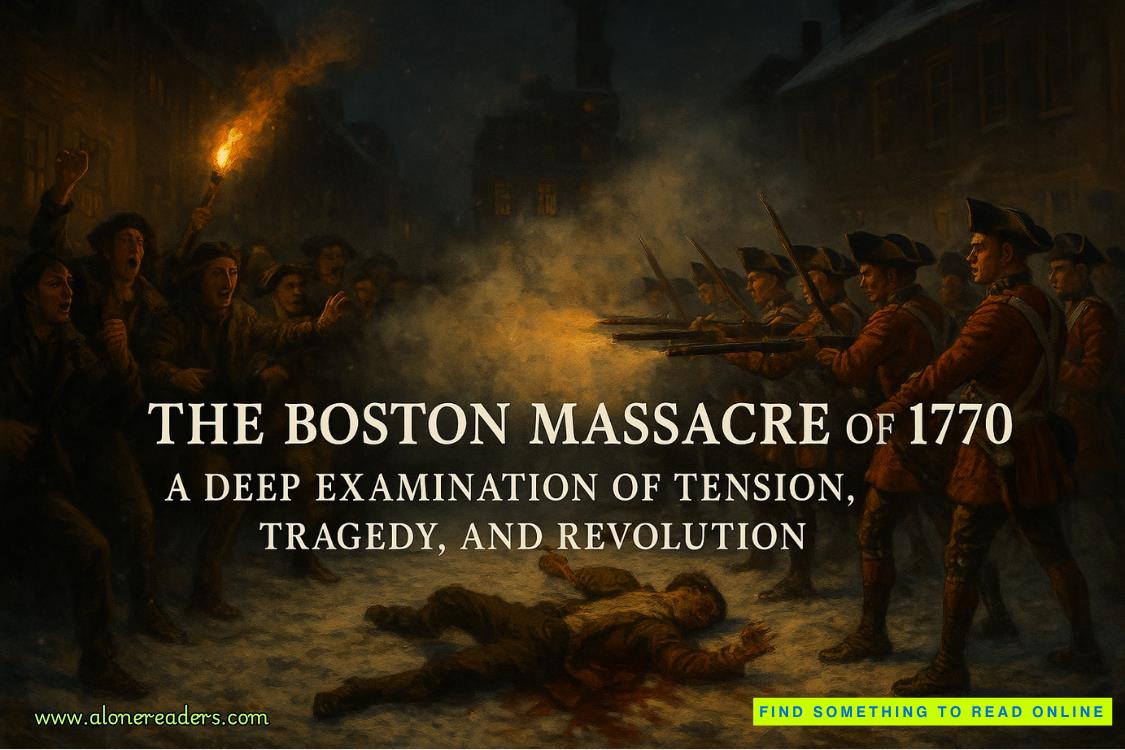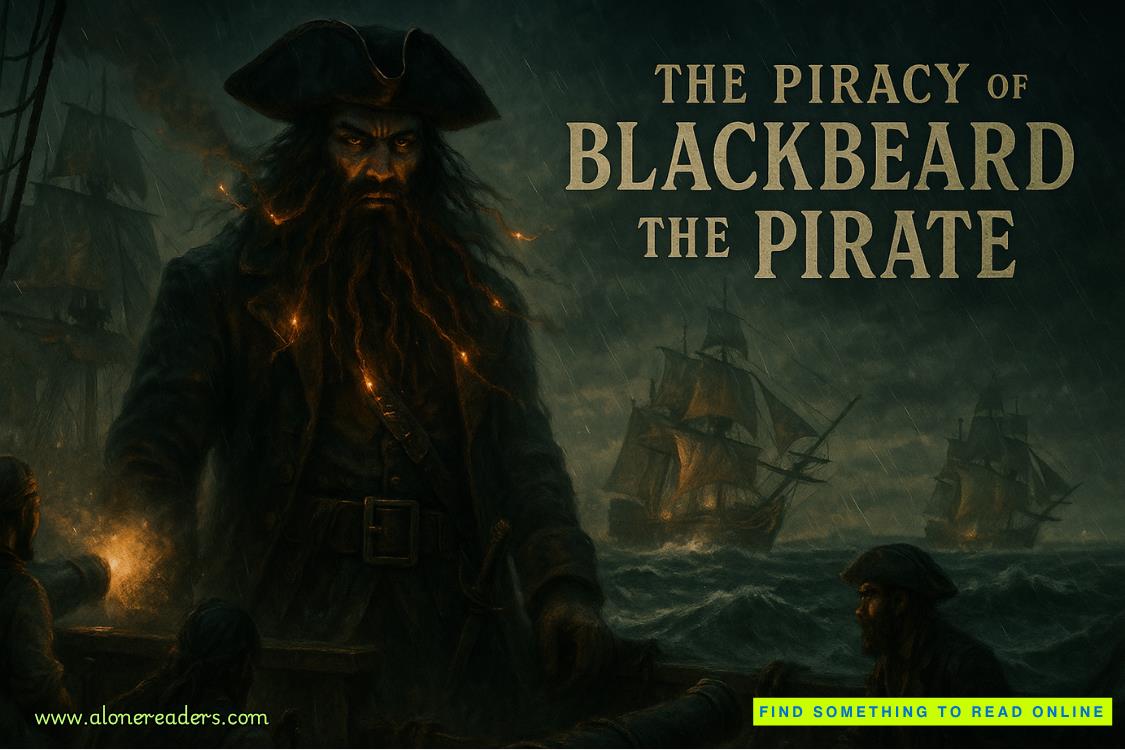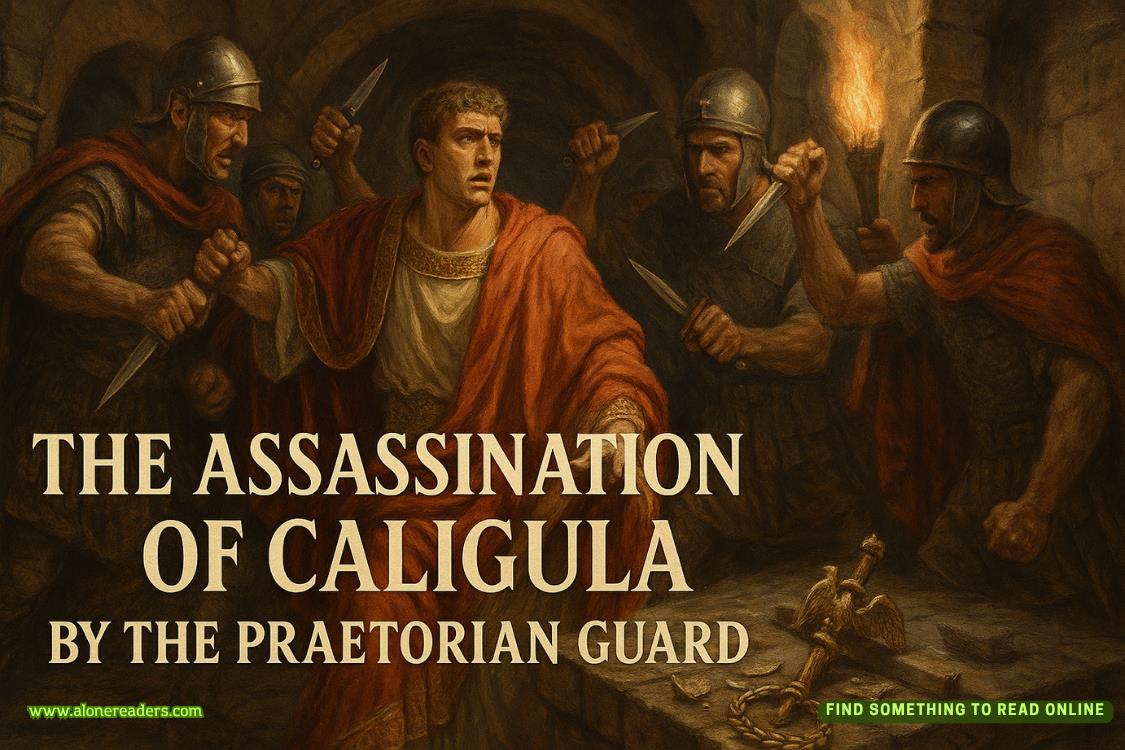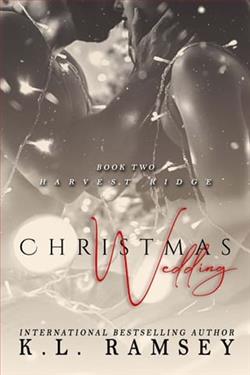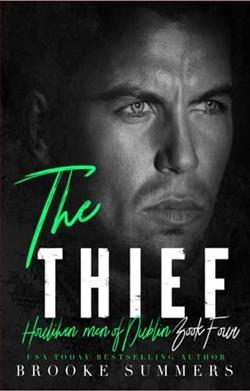Page 6 of Chosen Road
Over the years, I could not fault Jacqueline for her outward behavior, and I learned to ignore the gut feeling and said nothing directly to Angus. However, the last few times I’d seen her she was slightly more brazen about her admiration of my husband, and I’d wasted no time expressing how I felt about it.
He dismissed my concerns, seemingly bewildered by my ‘sudden apprehension’ about her, when in actuality, there was nothing sudden about it at all.
That memory played in my mind as the seminar rolled out. I initially signed up in hopes of gleaning some golden nugget that might help Mallory. As I followed along with the presentation and took notes, my brain synapses fired back and forth like a pinball machine, tidbits of information lighting up centers for memory and recognition.
The presentation opened with a refresher on the four different attachment styles: secure, anxious, avoidant, and disorganized. I didn’t seem to fit any profile perfectly, but I knew that was not unusual. After all, we were people, not textbooks.
While avoidant attachment style boasted the hallmark sentiment stay-the-fuck-back, and anxious attachment style featured stalker levels of clinginess, disorganized attachment dabbled a bit in both.
That was me. I was a dabbler.
Mallory was straight up avoidant. Seemingly, she could not care less about having a relationship with me. I’d seen her weekly for six months and felt no closer to knowing her than I did after the second week.
The doctor moved on to discuss the long-term effects of childhood trauma and how abandonment issues manifested in adult relationships.
Several familiar symptoms jumped out at me, including jumping into relationships, and just as quickly jumping out. That described my high school and university years in a nutshell.
Believing your partner is cheating, or will cheat, was common. How do you know if you believe it because it’s true or if you believe it because your hard wiring is askew?
The fear of being alone contradicted the habit of pushing your partner away, and an unwillingness to be emotionally vulnerable, I’m sure, made relationships less than satisfying for our securely attached partners.
Not only that, but that avoidance of emotional intimacy and vulnerability threw a large wrench in the works for those who would otherwise seek out therapy.
Foundational to all the rest of the goodies was a belief in your own inherent unworthiness.
That alone was a lot to unpack, there was a lot more that I didn’t write down, things I didn’t believe applied to me. Things it was too early to tell if they would apply to Mallory.
My mouth went dry when she included divorce as one of the examples of childhood trauma that could cause these long term affects. It was listed alongside abuse, witnessing abuse, death of a family member, narcissistic abuse, loss of a parent through death or child abandonment, and neglect.
I felt a sharp pang, knowing the direction my thoughts had taken lately.
You’re just like me.
I shook off my dark thoughts and turned my attention back to the PowerPoint diagram. Best treatment included a two-prong approach of psychotherapy and self-care. There was some talk about the benefits of transference focused therapy, coupled with plenty of division between therapists with regard to its value. Schema therapy was mentioned as well and while still considered new, it looked promising for certain issues that may result from childhood abandonment.
I was trained in neither of these techniques.
No wonder I hadn’t gained any ground with Mallory. I was wasting her time. I wondered if I learned more about self-care if that could be something we could at least begin with.
We broke for lunch, and I grabbed a cup of tea and retreated to the hallway outside the dining hall with my sandwich. I spent my lunch break perusing books available through Kindle KU and added my selections.
Reading had always been my escape. I loved those big alphas who knew what they wanted and never wavered.
I had that.
Why the hell did I continue to push him away? I could read my notes, but how could I discern what was real and what was trauma? It was too difficult, and the stress of waiting for things to fall apart was simply too much to bear.
I’d rather end things myself instead of being hit by it when I least expected it.
You’re just like me.
I pushed my thoughts away and slipped back in seconds before the afternoon session was set to begin. Gus and our son stayed at the forefront of my mind, acting as the lens through which I viewed the rest of the material.
She covered perfectionism, people-pleasing, and codependency.
In great detail, she described the difficulties around decision making, and some of the roots of it buried in a penchant towards people pleasing and avoidance of confrontation.
She spoke about the necessity of personal boundaries, honing our in-born intuition, and learning to trust those instincts. She explained how an adult who was a product of childhood trauma is often disconnected from their inherent intuition and lacks confidence in their gut feelings.




